7 FAQs To Soil Compactor [Complete Answers]
soil compactor start from $180
Contents
What Is A Aoil Compactor
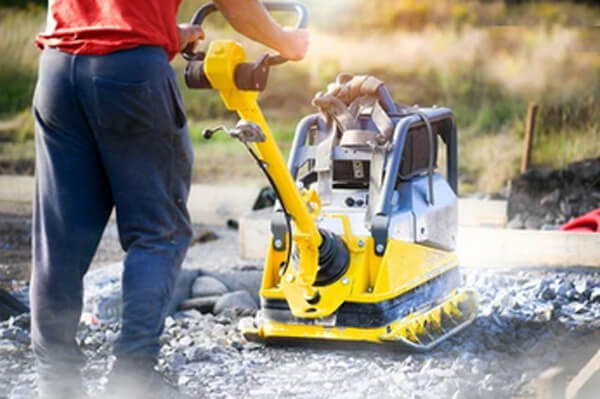
Soil compaction is one of the most important job to do before any construction of buildings, embankments, driveway, road bases, etc.
Why is this important?
Soil compaction is the process of applying pressure and/or vibration to lessen the voids between the particles which results to an increase of soil density. This process results to improvement of soil properties like:
- Increases the shear strength and load bearing capacity;
- Increases the soil slope stability;
- Lessen the void ration which means lesser water seepage and
- Increases the stiffness which lessens the settlement during working load.
It may seem to be an easy work but improper soil compaction can do more damage, it can cause:
- Excessive settlement;
- Cracks on the finish compaction job and
- If the compaction is too loose, it can cause erosion or collapse of the structure.
And that’s where the soil compactor comes in. Soil compactor does the job efficiently and safely considering that you are choosing the right compactor for your chosen soil type. It also can make your compaction job easier and in a short span of time, saving you some energy and labor cost.
How Do Soil Compactors Work
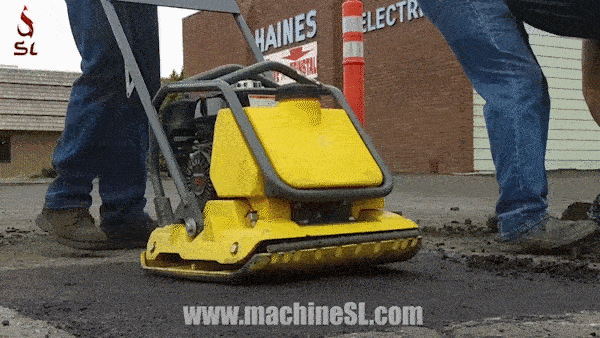
If you are working on a smaller project or home improvement, soil compaction can be done manually but if you want to compact soil nicely and shortly or if you have a bigger compaction job, using a mechanized soil compactors is the key.
Soil compactor works in different ways like pressure, weight, impact, vibration and kneading. Some of the soil compactor can work one-way but because of the advancement of the technology, soil compactor equipment can work in many ways to be able to use it in different compaction job. Choosing which soil compactor greatly depends on many factors but most especially, the soil type.
For cohesive soil (fine-grained) type like clay, silt, sandy clay or silt clay, the compaction equipment best used are rammers, static sheep foot roller or pad foot/ tamping rollers.
For non-cohesive soil (coarse-grained) type like gravel or sand, the compaction equipment best used are smooth wheeled roller, rubber tired rollers or vibrating plate compactors.
Can You Use Plate Compactor On Wet Soil
One of the factors that affects your compaction job is moisture content. Adding water makes it easier to bind the soil particles as moisture penetrates the voids. Water content serves as a lubricant of the soil particles during the compaction. So yes, you can use plate compactor on wet soil but should be in adequate water or moisture content.
Compacting an over-saturated soil is an impossible job because water is incompressible. Water content being the greater proportion in a soil mixture means it exceeds the liquid limit. And once this happens, it’s impossible to compress the soil any further.
In order to effectively compact the soil, it should not go higher than its optimum moisture content. So if your soil has too much water or muddy, allow the water to drain first before compacting.
How To Use A Soil Compactor
Soil compactor can be classified into two types: the light soil compacting equipment and heavy soil compacting equipment.
Light soil compacting equipment are equipment which is best for smaller area of compaction. It can be used with lesser effort and much handier compared to other compacting equipment. Some light soil compacting equipment are rammers and vibrating plate compactors of which can be used by hand, mechanized or fuel-operated.
Rammers, also known as jumping jack tamper uses its weight as a pressure applied directly to the area covered by the plate. To start the rammers, move the throttle lever to its open position. Once it starts, adjust the jumping position and maneuver it to the desired area.
Compared to rammers wherein it uses its weight, vibrating plate compactors uses vibration during the compaction. Vibrating plate compactors can be run by electricity or fuel. Check for the equipment manual for the instruction in turning on plate compactor. Once turned on, start maneuvering by running the compactors into strips of the area.
Heavy soil compacting equipment are equipment which is best for bigger area which can be composed of different type of soil as well as their moisture content. Some of which are smooth-wheeled rollers, sheep foot roller and pneumatic tired rollers. These rollers are composed of steel drum or drums to crush and flatten the soil.
In operating roller compactors, turn on the ignition. Take charge of the control panel on your compactor roller and apply the necessary changes in frequency. Once the settings are right and desired to your soil type, control your gear lever and steering wheel.
How To Compact Soil Without A Compactor
For soil with high cohesion like clay, silts and clayey silts are harder to compact as they have higher resistance of their particles. Yet, granular soil, like sand, gravel and other coarse soils are easier to compact as they have higher density.
Factors affecting soil compaction are the moisture content, the type of soil, the compaction area and the compactive pressure. These are what you need to look after and comply if you are compacting your soil without a compactor.
There are other tools you can use to compact such as a lawn roller, hand tamper of sledge hammer. You must achieve a consistent amount of pressure and speed of rolling if you are using a roller. You must tamper/roll efficiently so that you will be able to distribute the required compaction on your entire area. If you are working with a great depth, you can do layering so you can make sure that every area are well compacted.
How Much Compaction Of Soil Does A Plate Compactor Provide
The effectiveness of the plate compactor during compaction depends on the type, whether static or vibratory, plate size, frequency and vibration rate, area of capacity and number of passes. Weight of the compactor ranges from 100 kg up with plate area covering at least .2 sq.m and a speed that can reach .7 km/h.
The target compaction percentage should start from 95% to ensure a solid foundation. To do that, you must do at least 4 passes of plate compactor to achieve the target compaction.
How To Maintain Soil Compactor
Since soil compactors can be run by electricity or fuel, the maintenance somehow differ but mostly, it should be kept in a dry and safe area. It should not be stored wherein it will be exposed to different weather condition as it can cause deterioration to the material.
You should also check the oil and fuel level of the soil compactor that it should be within the required level. Do not wait until it is empty as it can damage your compactor or it might break down during your compaction job. Check the bolts, nuts and other mechanism that it is free from rust and not loose or overdriven. But most importantly, check the equipment manual and follow the procedures of storage.
soil tamper start from $180
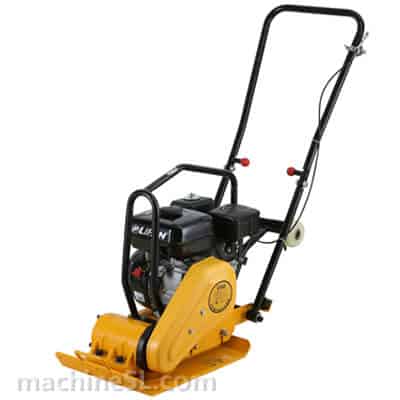
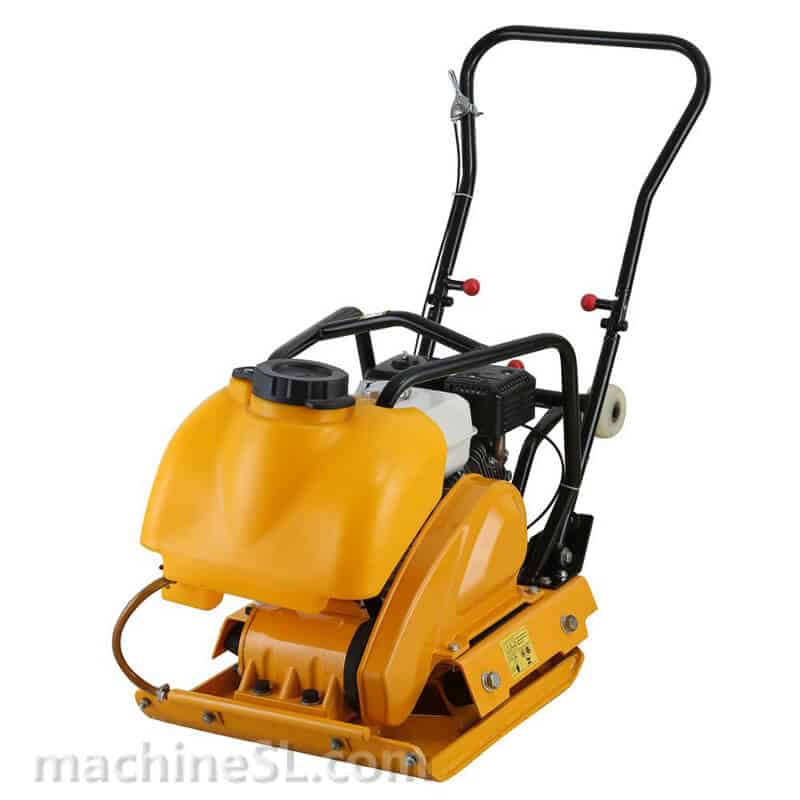
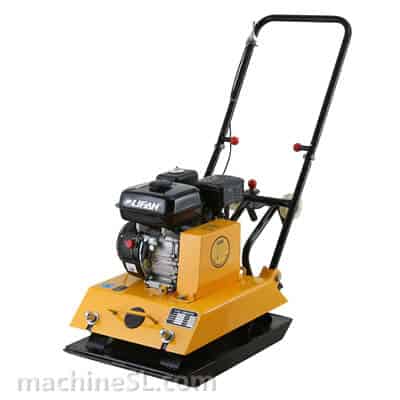
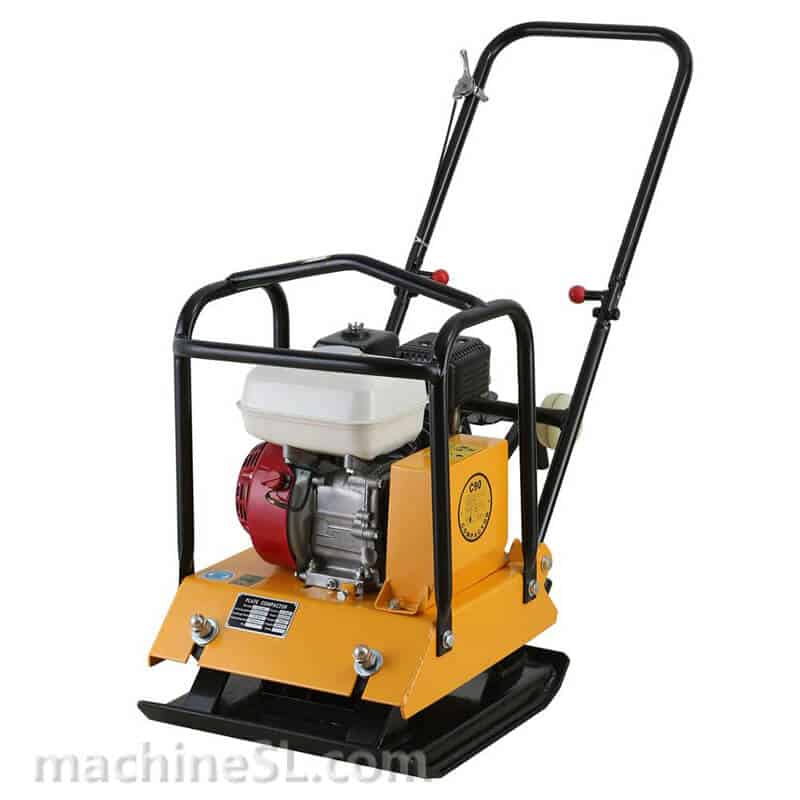
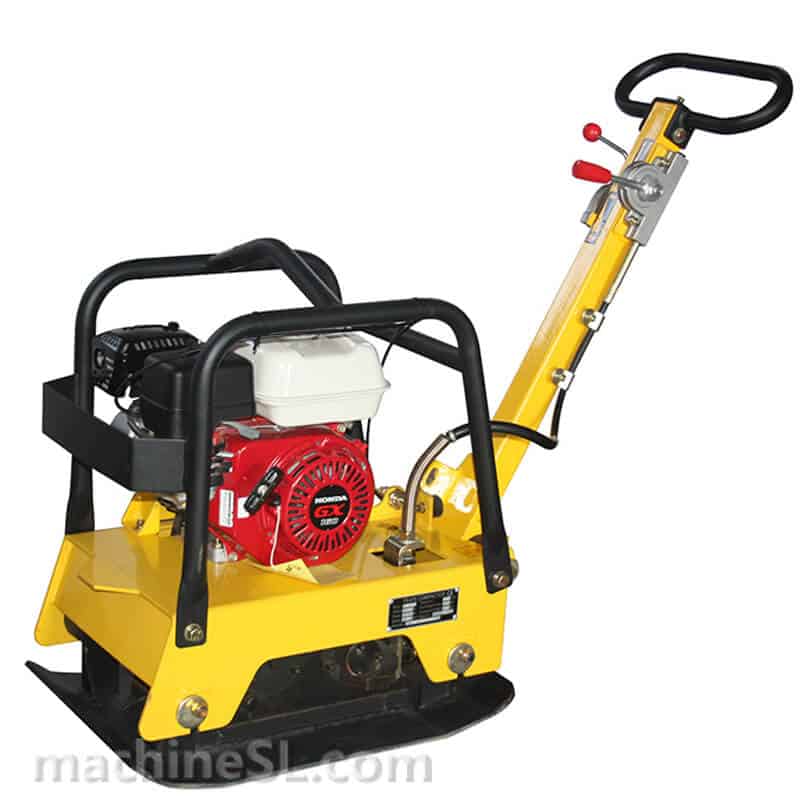
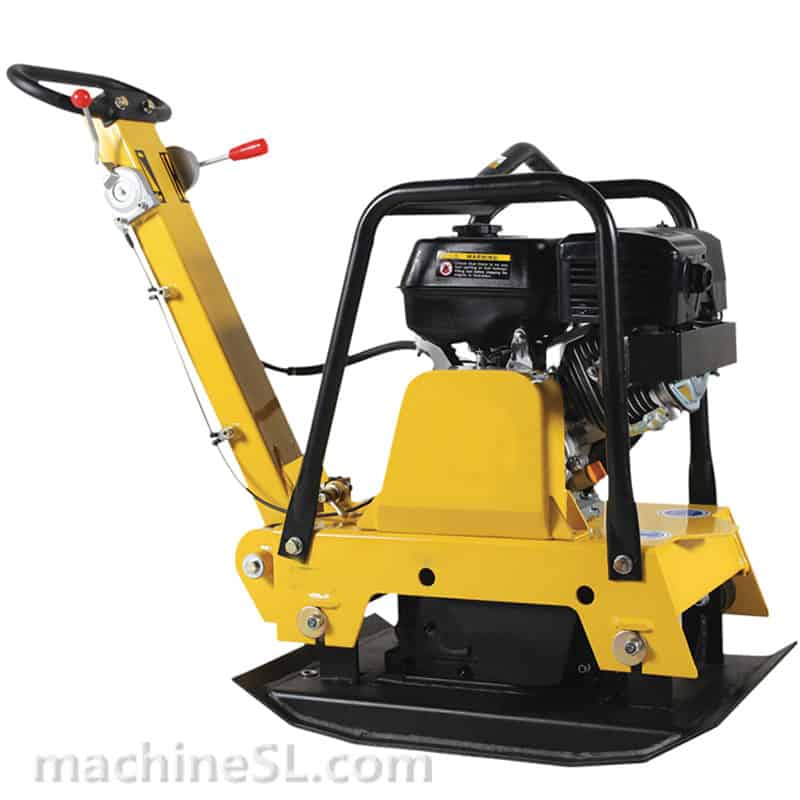
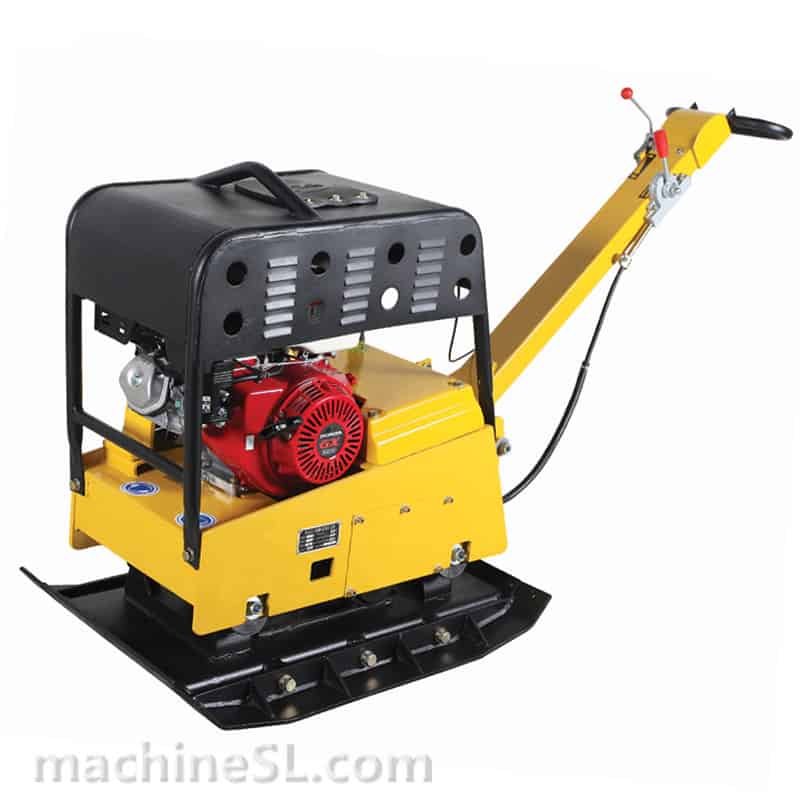
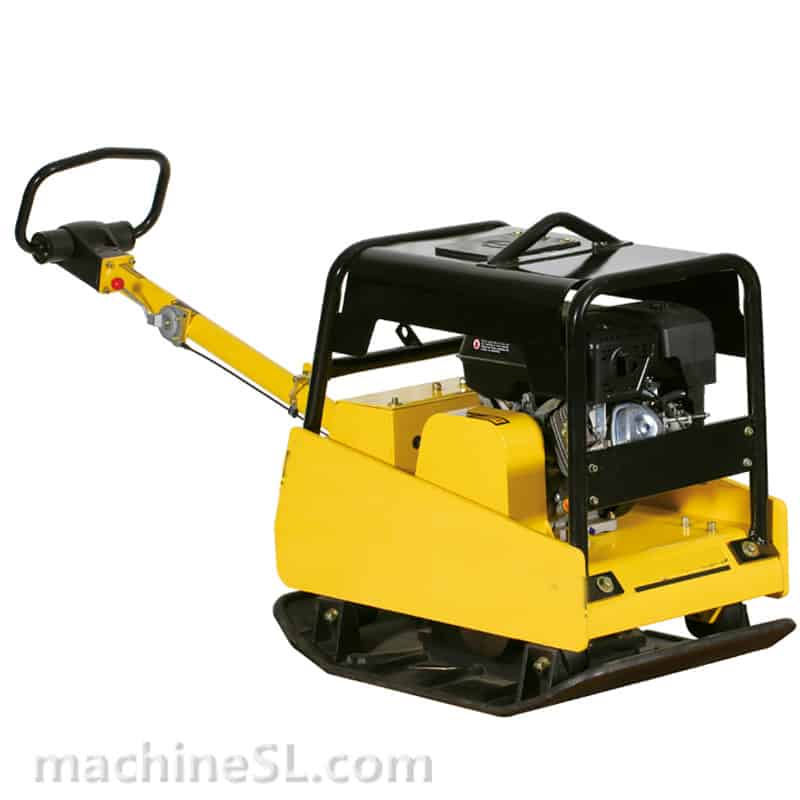
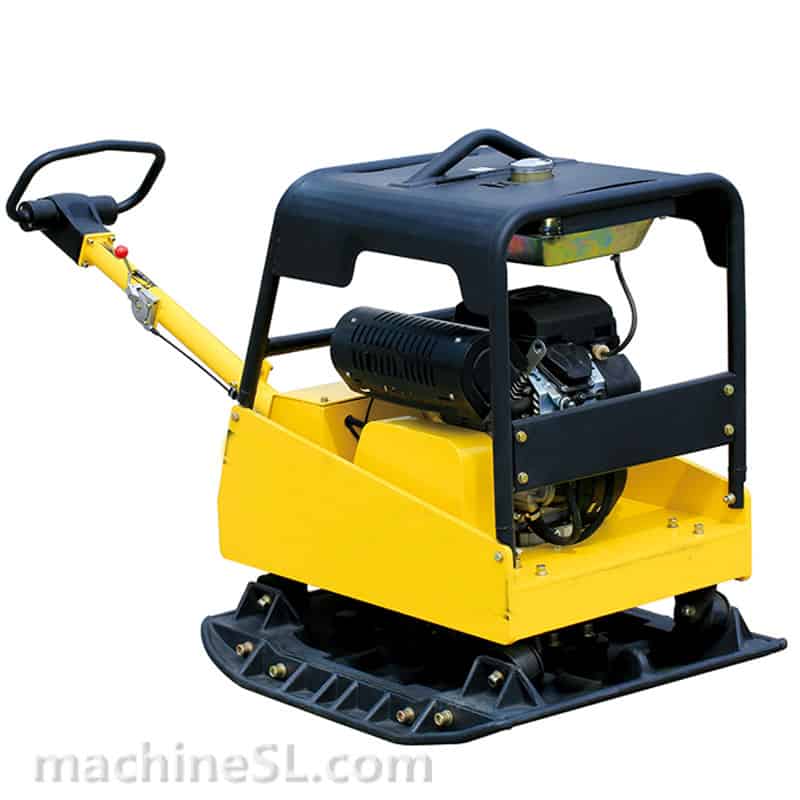
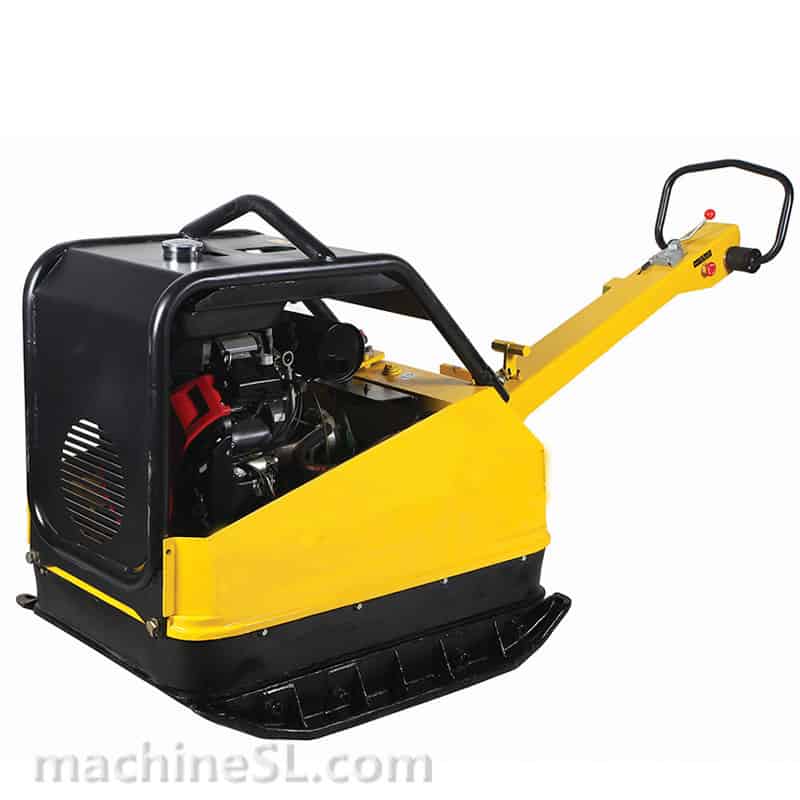
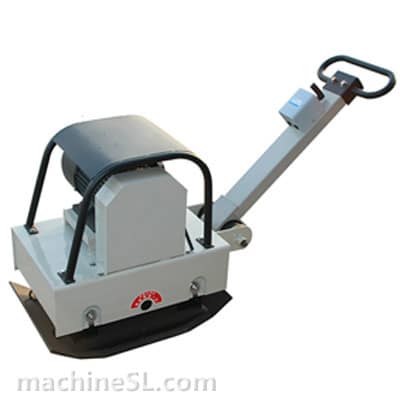
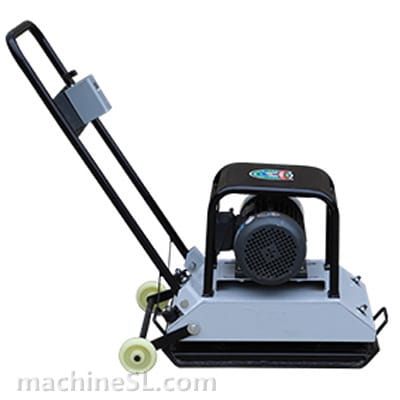

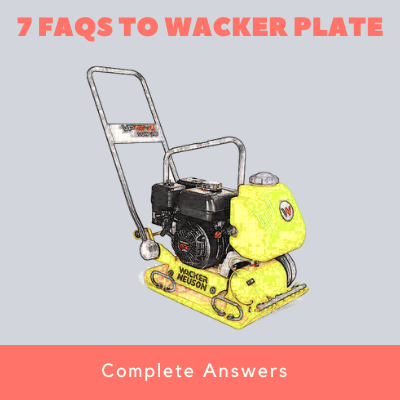
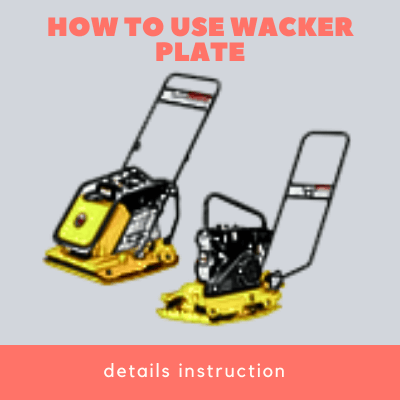
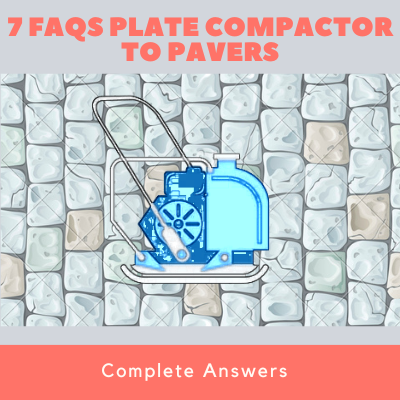
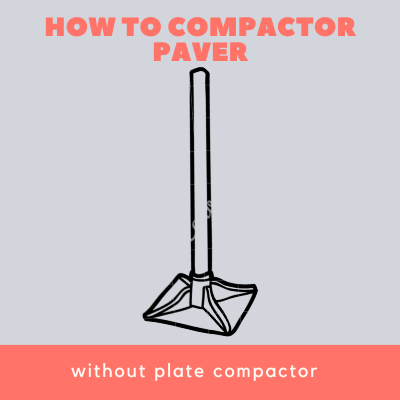
Could I have prices on forward and reverse vibrating plate please delivered to u. K. Kind regards Shaun